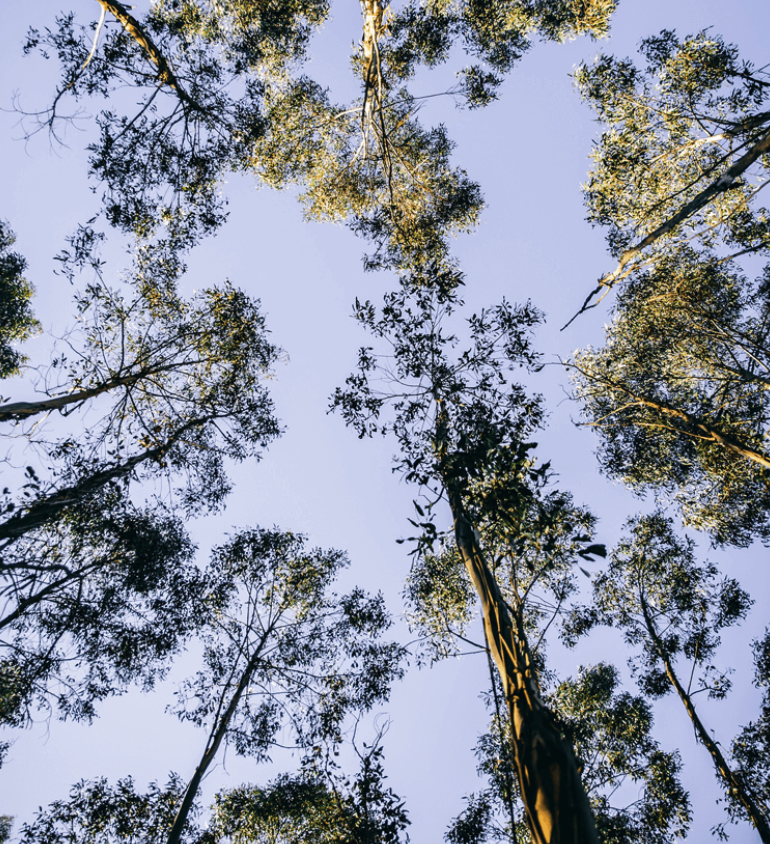
Timber, Forestry & Hemp
Timber, Forestry & Hemp
Plantation Forestry
The Green Triangle is one of Australia’s most significant plantation forestry regions. The Great South Coast includes the Victorian component of the Green Triangle Forestry Region, which is mirrored by the Limestone Coast region of South Australia.
This forestry estate makes up 20 per cent of Australia’s plantation timber supply covering 313,000 hectares. Approximately half of the estate is Tasmanian blue gum (Eucalyptus Globulus) with the remainder being softwood (Pinus Radiata).
The sector contributes more than $1.5 billion in economic output – which is 7% of the Green Triangle’s total economic output.
The Green Triangle is Australia’s largest collective plantation and wood processing zone delivering more wood products into domestic markets than any other region, producing:
35 per cent of Australia’s locally produced house framing and interior sawnwood;
48 per cent of the packaging and industrial grade timber;
25 per cent of the nation’s particleboard;
60 per cent of the poles, posts, fencing and similar products, used in the agriculture, horticulture and external environments.
The World Bank Group Forest Action Plan predicts global demand for industrial roundwood will quadruple by 2050 with the supply deficit reaching 4.5 billion cubic metres.
The sector invests more than $20 million annually on fire management activities, including an industry fire fighting helicopter and operation of seven smoke detection cameras to aid rapid response.
The Green Triangle Forest Industries Hub has set a focus on expanding the forestry estate, optimising use of the resource and generating more local capacity to meet future demand.
Investment in Hemp
The Great South Coast region offers significant investment opportunities in the hemp industry, driven by its agricultural strengths and emerging markets for sustainable products.
Key opportunities include:
Carbon Sequestration and Biomaterials
Diversification of Agricultural Output
Seed Production and Crop Optimisation
Phytoremediation & Biosolid Stabilisation
Removal of Toxins
Filtration and Biochar Use
Wastewater Irrigation
Renewable Energy from Biosolids - Anaerobic Digestion
The hemp sector's growth is poised to strengthen the Great South Coast’s agricultural economy, offering sustainable solutions while meeting global demand for eco-friendly products. Hemp is cost-effective, sustainable, and capable of improving environmental health, while it enhances circular economy practices by turning waste into valuable resources. Hemp's versatility in wastewater and biosolid treatment presents a significant opportunity for sustainable waste management practices while contributing to cleaner water systems and improved soil health. Investments in research, processing infrastructure, and supply chain collaboration will be pivotal to unlocking its full potential.
Additional Information.
Biosecurity, Agriculture Victoria: https://agriculture.vic.gov.au/biosecurity
Farm safety, Victorian Farmers Federation: https://www.vff.org.au/fact-sheet-category/farm-safety/
Farm management, Agriculture Victoria: https://agriculture.vic.gov.au/farm-management
Climate and weather, Agriculture Victoria: https://agriculture.vic.gov.au/climate-and-weather
Food and Fibre Great South Coast acknowledges that much of the material presented in this profile and the links are general in nature. If you have a specific question related to the Great South Coast please email info@foodfibregsc.com.au and we will provide a response either by return email or phone call.

